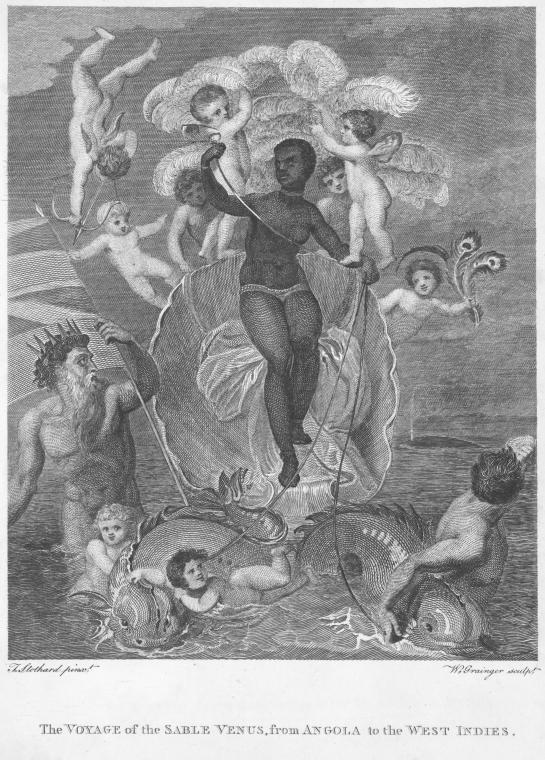The word “slave” is an emotionally charged one.
I began my BDSM career in the early ’90s with an email slave relationship with a woman on the other side of the continent. It lasted over a year, with a contract, daily reports, exchanged gifts by mail, and so on. I had the notion that this is just what you did. (I eventually met her in person, and we still stay in touch. She currently lives with two men, her husband and her slave.)
When I signed on to Fetlife for the first time, I chose “bottom” as my role, not “submissive” or “slave”. I carefully chose a name, “Liegeman”, that connoted the feudal relationship of mutual obligation (or at least the idealized version of that), rather than the kind of terminology associated with the institution of slavery. I’m just not comfortable with that language, especially after I started researching American slavery.
For me, and I imagine a lot of people, the word “slave” denotes American antebellum slavery: an unskilled labourer in a hereditary state of chattel bondage, justified by the worst combination of Calvinism and Darwinism.
Obviously, lots of people in the greater BDSM scene use the terminology of master-slave, but the meaning they apply to it is quite different. The relationship is paramount, with aspects of marriage, apprenticeship, and military discipline. While Masters talk about “owning” slaves, it isn’t ownership in the sense of property, but more like noblesse oblige or feudal obligation.
As I asked in my presentation, how did we get from one definition to the other?
Continue reading »
. New York: New York University Press




